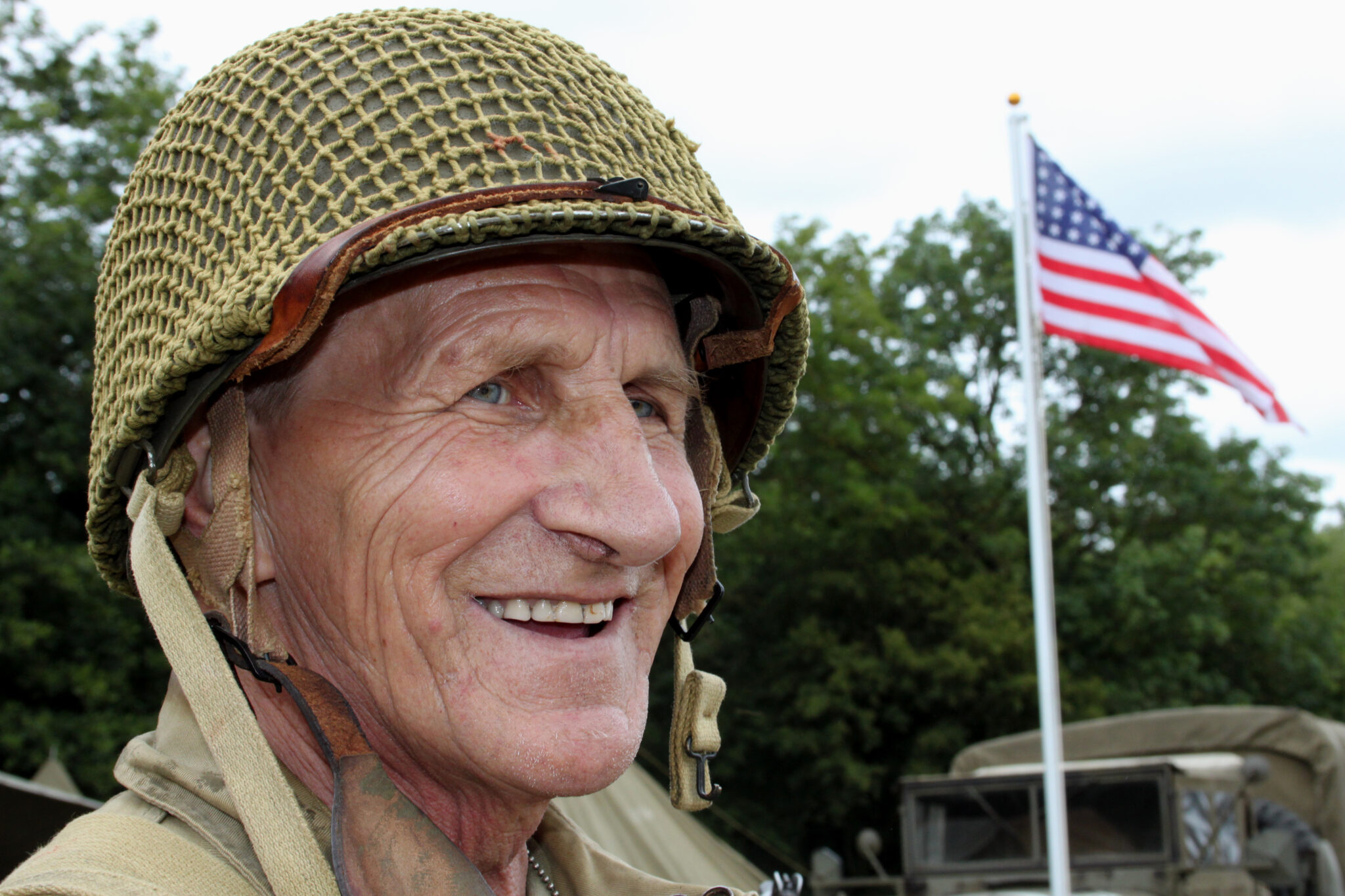What is an Atomic Veteran?
Atomic veterans were exposed to radiation in the military between 1945 and 1992. These veterans were members of the American military who were involved in nuclear weapon tests or served in or around Hiroshima and Nagasaki.

Atomic Veterans and Nuclear Soldiers
Nuclear Testing and Instant Health Effects
According to an interview done by the History of Yesterday, soldiers could feel atomic blasts miles away. The soldiers recount that the blast turned their eyes into x-ray machines, allowing them to see bones with their eyes closed. Many soldiers even experienced broken bones from the power of the detonations.
Additionally, the soldiers felt the extreme heatwave from the nuclear explosion.
What if You Are An Atomic Veteran?
There are several options a veteran can take if they believe they were an atomic soldier. Speak with an attorney to determine the best legal options for your situation.
One should contact their local VA Medical Center for a Registry examination. Veterans can also file a claim through the Veterans Association to receive atomic veterans benefits and compensation
Additionally, the government created the National Cancer Benefits Center for atomic veterans to receive compensation for exposure to government-created radiation.
U.S Nuclear Weapons Testing Program
According to the Atomic Veterans Association, the US-sponsored 1,054 nuclear weapon tests. These tests were utilized to work through mechanical issues and determine the best usage and effects of a nuclear bomb. Oftentimes, these detonations produced several explosions at once to gather data on the effects.
The testing of weapons at this magnitude had consequences, though. Radiation exposure, alongside other chemicals, consequently led to detrimental health effects in military personnel.
Atomic Veterans and Long-Term Health Effects
Many veterans developed health conditions after their service. However, the issue for many is that they were unable to discuss the nature of their health conditions. Due to the nature of the onset of health effects, many veterans were unable to seek medical care or disability compensation from the Department of Veteran Affairs.
Health Effects Related to Atomic Veterans
Several long-term health conditions affected the atomic veterans. Leukemia was among the first adverse condition to appear, nearly two years after the Atomic bombs. Other cancers took about ten years to develop after the attack.
The VA now separates adverse health conditions into two categories: presumptive cancers and nonpresumptive cancers or conditions. A presumptive cancer is presumed to be due to radiation exposure during military service while nonpresumptive cancer considers many factors other than just radiation exposure.
Adverse Effects Passed Down Genetically
Because many veterans have passed before in-depth research could be made, scientists have had to pivot their focus. Researchers have shifted to studying the health effects nuclear exposure has on people by examining children of veterans through generations.
According to the Children of Atomic Veterans, children of nuclear soldiers are producing Genetically Modified Offspring (GMOs). They claim that the genetic effects of radiation are displayed not only in veterans but in their offspring as well. Although this claim has proven true for many, there is no conclusive data yet. Because the human life cycle is expansive, long-term follow-up is needed to gather sufficient, conclusive data.
Could Atomic Veterans Have Been Exposed to Asbestos?
During the war, the military was also exposed to nuclear weapons in places other than Nagasaki and Hiroshima. The US military conducted 230 above-ground atmospheric nuclear weapons tests, involving over 250,000 military personnel.
Research has concluded that many members of the military were exposed to asbestos while on naval ships. Many Navy boats at the time used asbestos-packed products such as insulation. These high-exposure areas alongside radiation exposure led to a higher mortality rate. Although only 20% of personnel had jobs that exposed them to asbestos, 55% of them experienced mesothelioma deaths.